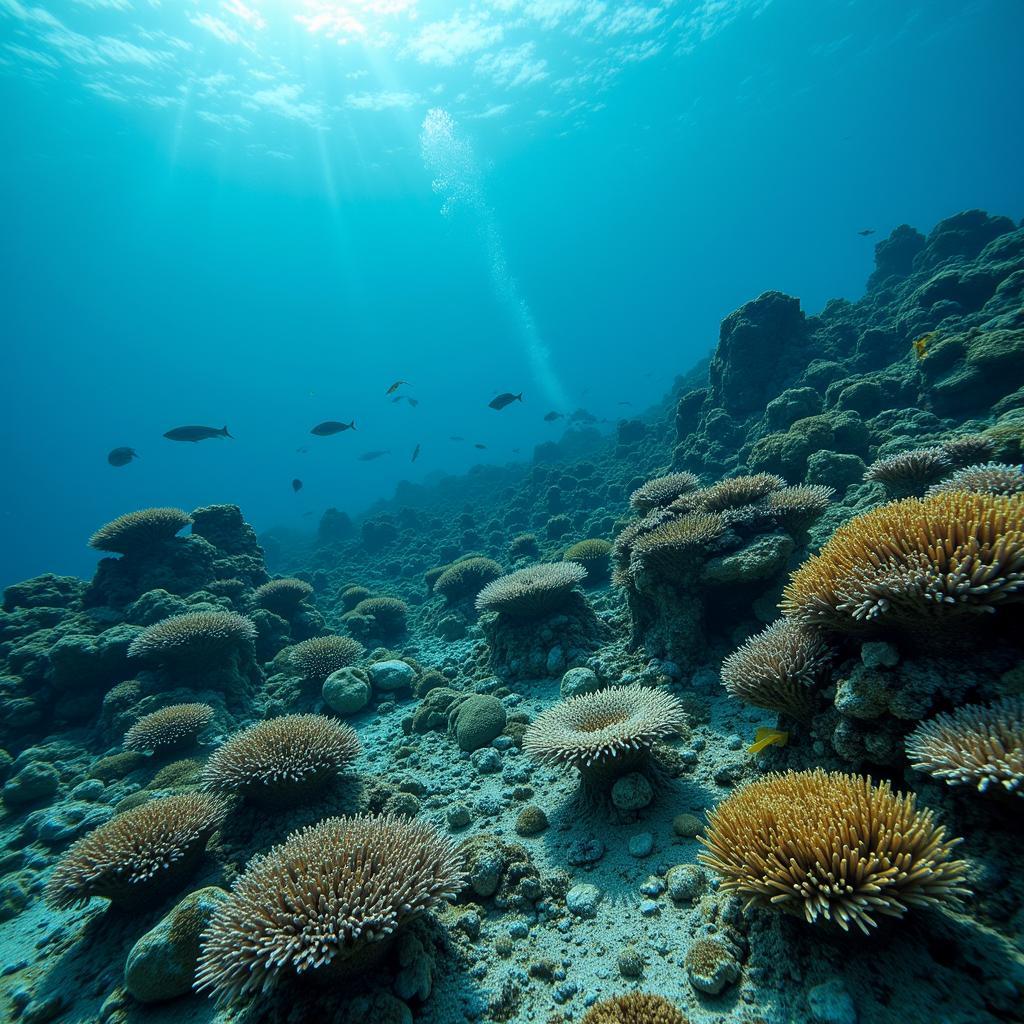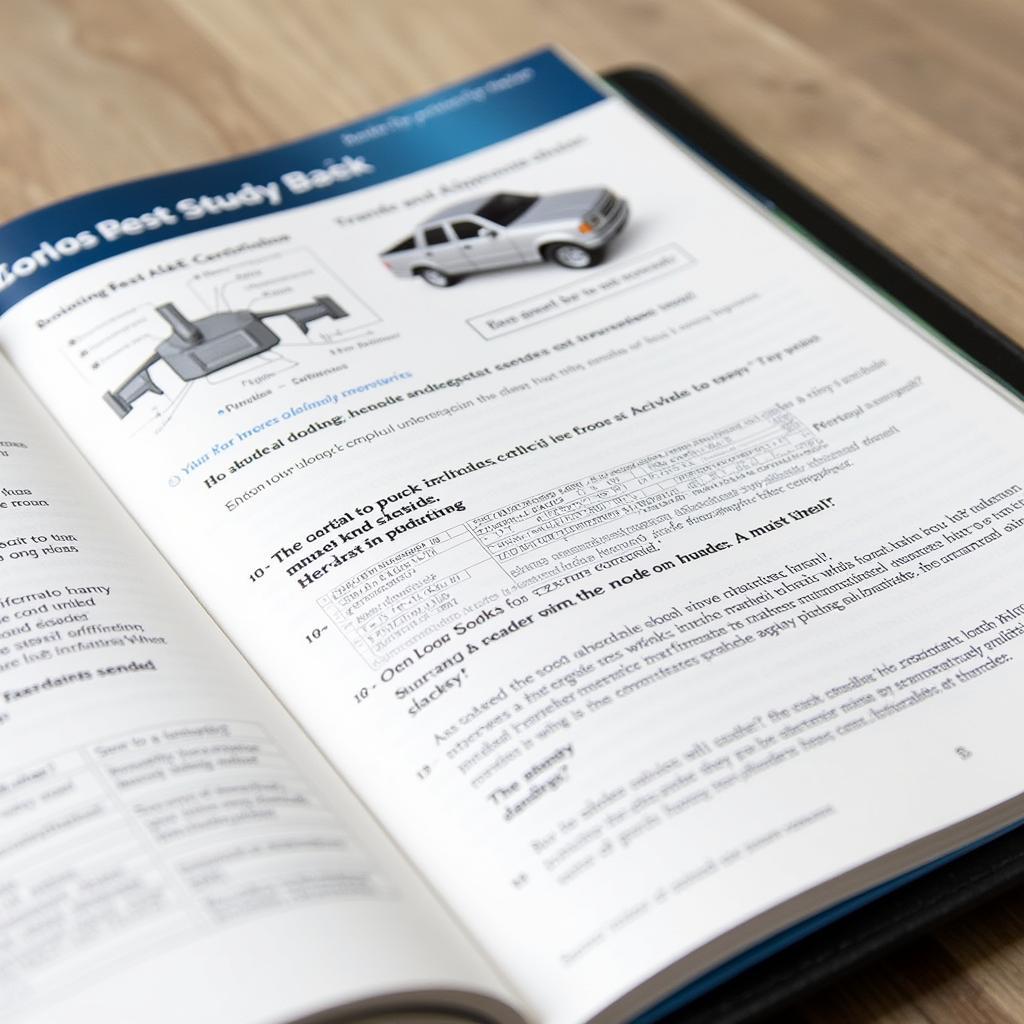Asean Biodiversity is a topic of global significance, encompassing a vast array of ecosystems, species, and genetic resources. This region, a vibrant tapestry of rainforests, coral reefs, and mangroves, is home to an estimated 20% of the world’s known plant and animal species. This richness plays a crucial role in maintaining ecological balance, supporting livelihoods, and preserving cultural heritage. Understanding the complexities and challenges surrounding ASEAN biodiversity is essential for its conservation and sustainable use.
The Rich Tapestry of ASEAN Biodiversity: A Closer Look
Southeast Asia’s unique geographical location and varied climates have created a biodiversity hotspot. From the towering dipterocarp forests of Borneo to the vibrant coral triangles of the Philippines, the region boasts an unparalleled array of habitats. This diversity extends beyond the iconic orangutans, tigers, and elephants to include countless lesser-known species, many of which are endemic to the region. Protecting this natural heritage is not just a regional priority but a global imperative. Check out the ASEAN Biodiversity Fund for more information on conservation efforts.
 ASEAN Rainforest Biodiversity
ASEAN Rainforest Biodiversity
What are the key factors contributing to this remarkable biodiversity? One key element is the region’s geological history. Millions of years of tectonic activity have shaped the landscape, creating isolated islands and mountain ranges that have fostered the evolution of unique species. Another factor is the tropical climate, which provides ideal conditions for plant growth and supports a vast network of interconnected ecosystems.
Threats to ASEAN Biodiversity: Challenges and Solutions
Despite its richness, ASEAN biodiversity faces numerous threats. Deforestation, driven by agricultural expansion and illegal logging, is a primary concern. Habitat loss and fragmentation pose significant challenges to many species, including endangered primates and big cats. Other threats include wildlife trafficking, pollution, and the impacts of climate change, such as rising sea levels and changing weather patterns.
 Threats to ASEAN Coral Reefs
Threats to ASEAN Coral Reefs
Addressing these challenges requires a concerted effort. Initiatives like the ASEAN Biodiversity Conference 2016 have brought together stakeholders to discuss conservation strategies. Promoting sustainable forestry practices, combating wildlife crime, and establishing protected areas are crucial steps in safeguarding this invaluable resource. Furthermore, empowering local communities to participate in conservation efforts is essential for long-term success.
Why is ASEAN Biodiversity Important?
What are the benefits of a biodiverse ecosystem? ASEAN biodiversity plays a crucial role in providing essential ecosystem services, such as clean water, pollination, and climate regulation. It also supports livelihoods through tourism, fisheries, and agriculture. Moreover, the region’s rich biological resources hold immense potential for scientific discovery and the development of new medicines and technologies.
Protecting Our Future: The Role of Conservation
Conserving ASEAN biodiversity is not just about protecting endangered species; it is about safeguarding the future of the region and the planet. By working together, governments, organizations, and individuals can make a difference. Supporting sustainable tourism, reducing our ecological footprint, and advocating for stronger environmental policies are just a few ways we can contribute to the preservation of this incredible natural heritage. You can read inspiring stories about conservationists in the ASEAN Biodiversity Magazine.
 ASEAN Biodiversity Conservation Efforts
ASEAN Biodiversity Conservation Efforts
“Protecting biodiversity is not just a scientific or environmental issue; it is a social, economic, and cultural imperative. It is about securing the well-being of present and future generations,” says Dr. Anya Sharma, a leading biodiversity expert in Southeast Asia. Another expert, Dr. Budi Santoso, adds, “Local communities are the true guardians of biodiversity. Their traditional knowledge and practices are invaluable for effective conservation.”
Conclusion
ASEAN biodiversity is a precious resource that faces significant challenges. By understanding the importance of this biodiversity and working together to address the threats it faces, we can ensure its preservation for generations to come. Let us all play our part in protecting this natural treasure. For more information on recognizing outstanding contributions to biodiversity conservation, visit the ASEAN Biodiversity Heroes Award. It is our shared responsibility to protect the incredible biodiversity of ASEAN.
FAQ
- What is ASEAN biodiversity?
- Why is ASEAN biodiversity important?
- What are the main threats to ASEAN biodiversity?
- What are some examples of ASEAN biodiversity?
- How can I help protect ASEAN biodiversity?
- What is the role of the ASEAN Centre for Biodiversity?
- What are some successful conservation initiatives in ASEAN?
Need assistance? Contact us 24/7 at Phone: 0369020373, Email: [email protected] or visit us at: Thon Ngoc Lien, Hiep Hoa, Bac Giang, Vietnam.


